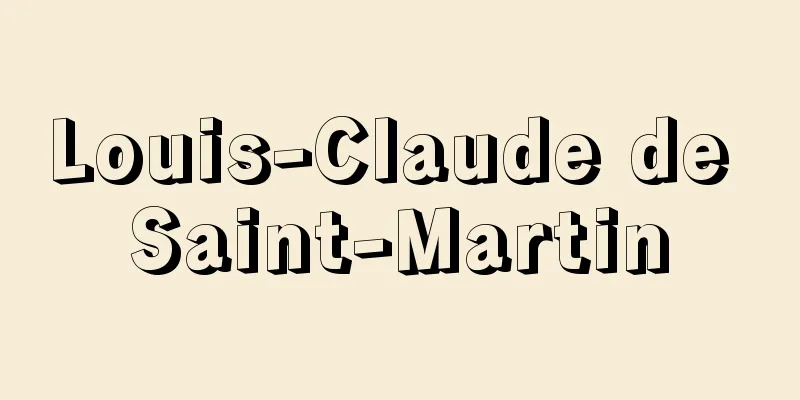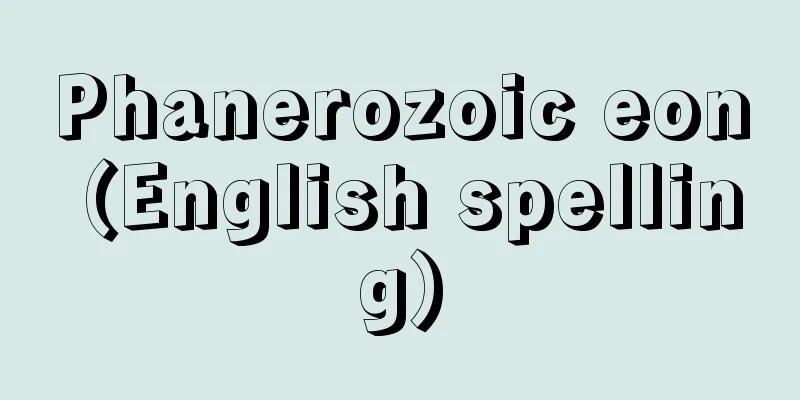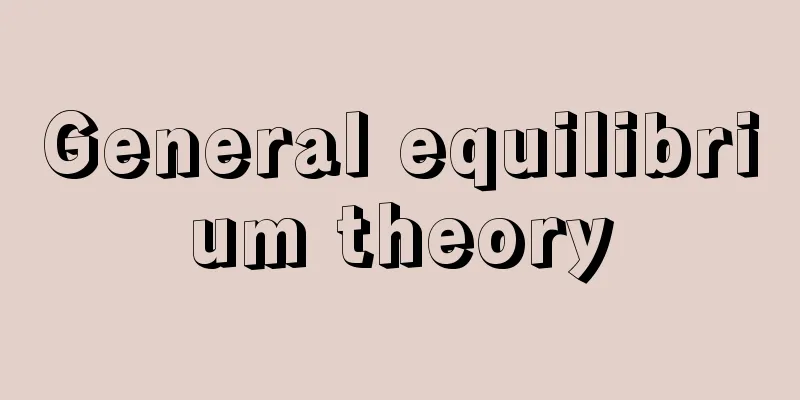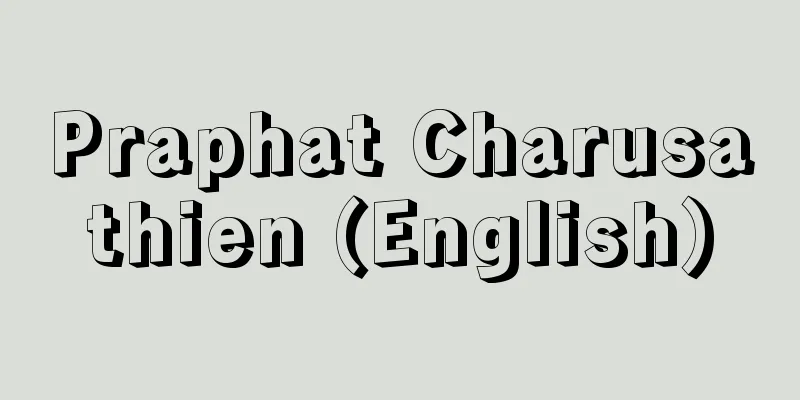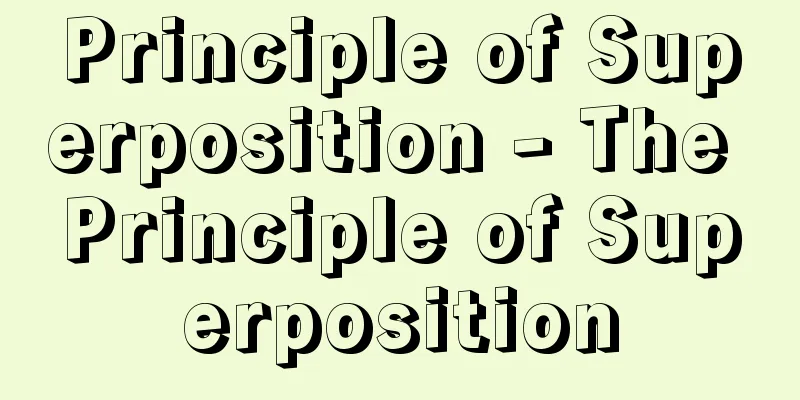piano

A keyboard instrument. An abbreviation of pianoforte. Its origins date back to the dulcimer, but it is said to have been first developed in 1709 by B. Cristofori (1655-1731) of Italy, and it replaced the harpsichord as the most powerful keyboard instrument due to its ability to freely change the volume of the sound. Since then, various types have been created over the years, such as expanding the range of sound and improving the string-striking mechanism. The range of the modern piano is 88 well-tempered keys, 7 1/4 octaves (standard). It can play both melodies and harmonies, and has a clear tone. Structurally, it consists of strings stretched over a metal frame, a soundboard (made of pine wood and painted only with dehumidifying paint), a bridge, and mechanical parts such as hammers that strike the strings and keys. When a key is pressed, the dampers (devices that suppress the vibration of the strings) that were holding down the strings are released, and then felt hammers rise up and strike the strings. The vibration of the strings is transmitted through the bridge to the soundboard, increasing the sound volume. When the key is released, a damper presses the string to stop the vibration. The device that performs this series of operations is called the action. There is a difference in the action between grand pianos (flat pianos) and upright pianos (vertical pianos), with grand pianos producing a more rational and rich sound. The strings are made of special steel, and one or two strings are strung for each note (one key) in the bass range, and three strings for the middle and treble ranges, ensuring that the sound volume is equal from bass to treble. There are generally two pedals, and the most important is the right damper pedal, which releases the dampers on all strings when pressed, so that the sound continues even after the key is released, and when the first string is played, the other strings also vibrate in sympathy, making the sound fuller. The pedal on the left is the soft pedal. On a grand piano, the key and action are shifted to the left or right so that the hammer does not strike one of the three or two strings, reducing the volume. On an upright piano, the hammer's working distance is shortened to obtain a soft sound. The central pedal (sostenuto pedal) on a grand piano acts on the damper of only the string that is pressed, sustaining only that sound, but on an upright piano, it is mainly used as a sound suppression measure during practice, with felt sandwiched between the string and the hammer to dampen the sound. As performances using original instruments are advocated and the reproduction of pre-Baroque music using instruments of the time has become more widespread, a similar approach is also being taken with classical and romantic piano music. The names of hammer flugel and fortepiano, which have become more common on CDs in recent years, all refer to original instruments. →Mute→Related topics: Musical instruments | Stringed instrumentspianopianoSource : Heibonsha Encyclopedia About MyPedia Information |
|
鍵盤(けんばん)楽器。ピアノフォルテpianoforteの省略形。その源流はダルシマーなどにさかのぼるが,1709年にイタリアのB.クリストフォリ〔1655-1731〕が開発したものが最初とされ,音の強弱を自由に変えられるその特性によりハープシコードに代わって鍵盤楽器の王座についた。以後,音域を広げ打弦機構に改良を加えるなど,時代によりさまざまなタイプが誕生している。現在のピアノは,音域が平均律88鍵7オクターブ1/4(標準)。旋律,和声ともに演奏でき,音色も明快。構造的には,金属枠(わく)に張った弦,響板(松系の木材を用い除湿塗料のみを塗る)と駒(こま),弦をたたくハンマーや鍵盤(キー)などの機械部分からなる。鍵盤を押すと,弦を押さえていたダンパー(弦の振動を抑える装置)がはずれ,次いで,フェルト製のハンマーが持ち上がって弦をたたいておりる。弦の振動は駒を通して響板に伝わって音量を増す。鍵盤を放すとダンパーが弦を押さえて振動を止める。この一連の動作を行う装置をアクションという。グランド・ピアノ(平型ピアノ)とアップライト・ピアノ(縦型ピアノ)ではアクションに差があり,グランド・ピアノの方がより合理的で豊かな響きを作る。弦は特殊鋼鉄製で,1音(1鍵)に対し低音部では1本または2本,中・高音部では3本張られ,低音部から高音部まで音量の均等化が図られている。ペダルは一般に2本あり,最も重要なのが右のダンパー・ペダルで,これを踏むとすべての弦のダンパーがはずれるため,鍵盤を放しても音が持続し,また,1弦が鳴ると他の弦も共鳴振動を起こすため,音がふくらむ。左はソフト・ペダル(弱音ペダル)で,グランド・ピアノでは鍵盤とアクションが左または右にずれて3本弦・2本弦のうち1弦にはハンマーが当たらなくなるため,音量が減る。アップライト・ピアノの場合はハンマーの作動距離を短くして弱音を得る。グランド・ピアノに付けられた中央のペダル(ソステヌート・ペダル)は,鍵盤を押した弦のみのダンパーに作用してその音だけを持続する効果をもつが,アップライト・ピアノの場合は主に練習の際の消音対策用で,弦とハンマーの間にフェルトがはさまり音が弱められる。なお,オリジナル楽器による演奏が提唱され,バロック以前の音楽の当時の楽器での再現が裾野(すその)を広げるにつれ,古典派やロマン派のピアノ音楽についても同様のアプローチが進みつつある。近年CDなどで目にする機会が増えたハンマーフリューゲル,フォルテピアノなどの名は,いずれもオリジナル楽器をさす言葉である。→弱音器 →関連項目楽器|弦楽器 ピアノピアノ出典 株式会社平凡社百科事典マイペディアについて 情報 |
Recommend
Price Flexibility and Employment
…In contrast to Hayek and Mises, who argued that ...
Red-streaked ant - Red-streaked ant
…Worker ants are sexually female, and because the...
Kameiros (English spelling)
The ruins of an ancient city on the northwest coas...
Primula sieboldii (English spelling) Primula sieboldii
… [Ken Inoue]. … *Some of the terminology that me...
Consultants for prefectural affairs (English: Consultants for prefectural affairs)
… [France] The origin of the establishment and de...
Sealing printing - Sealing Insatsu (English name) sealing printing
A printing method in which letters, illustrations,...
Revenge at Igagoe
One of the famous vendettas in the Edo period. Wat...
Khujand
A city in northwestern Tajikistan. It is located i...
"Briefe, the newest literatur is used" (English: Brief, the newest literatur is used)
...In France, P. Maribault's Spectateur Franç...
econometric history
In the United States, this type of economic histo...
Koriyama Domain
A domain that ruled the area around Koriyama, Sou...
Cartagena (English spelling)
The capital of the state of Bolivar in northwester...
Zhivkov, T.
…Official name = Republic of BulgariaRepublika Bâ...
Ozakawari Shinji - Ozakawari Shinji
...The characteristics of the worship of Mount Ts...
Sidgwick, NV (English spelling) SidgwickNV
…GN Lewis and I. Langmuir proposed the eight-corn...

![Kitakami [city] - Kitakami](/upload/images/67cb5312475d2.webp)
